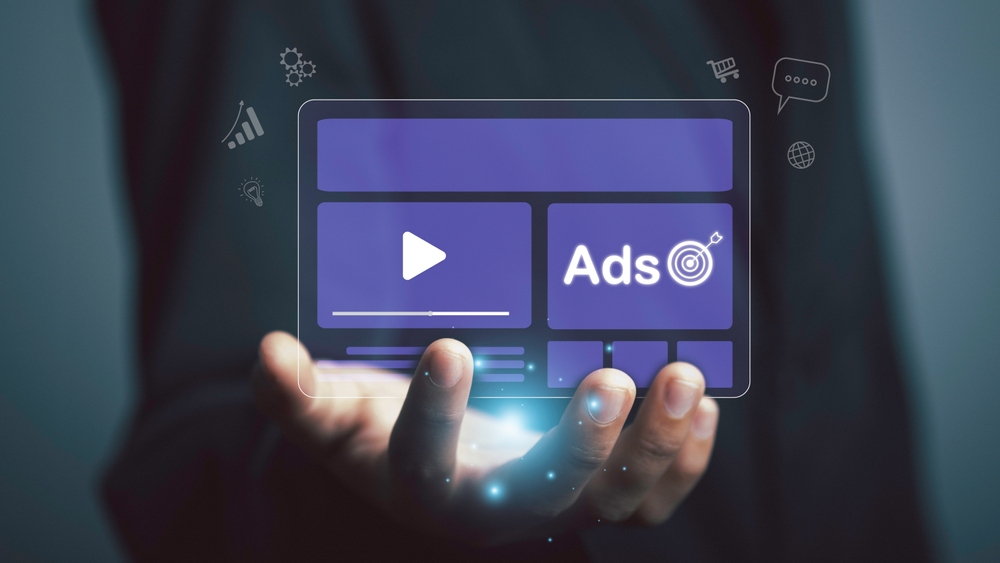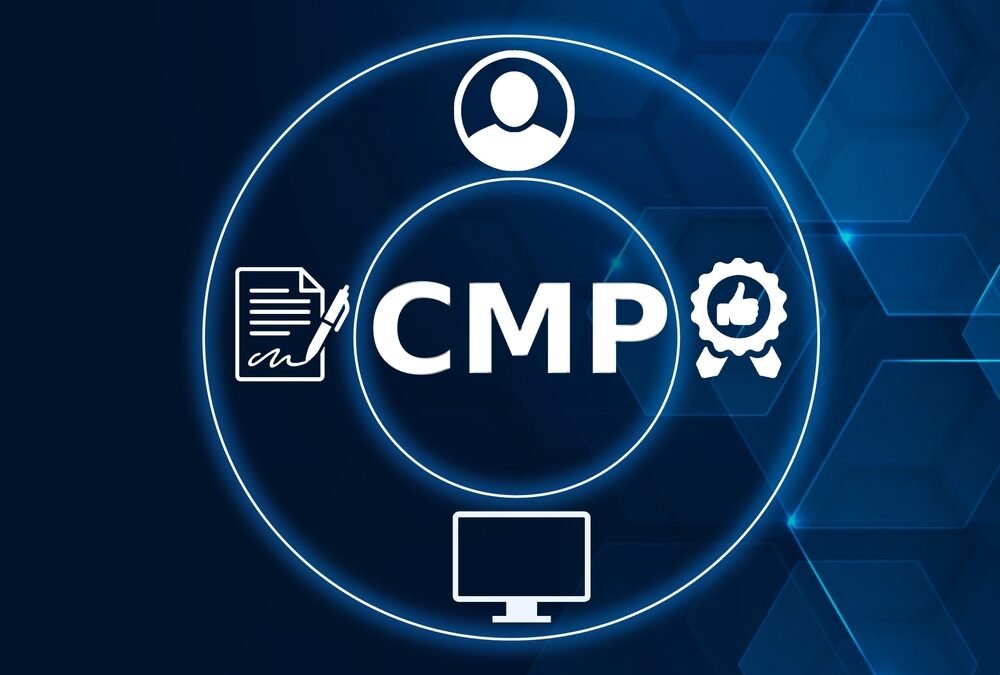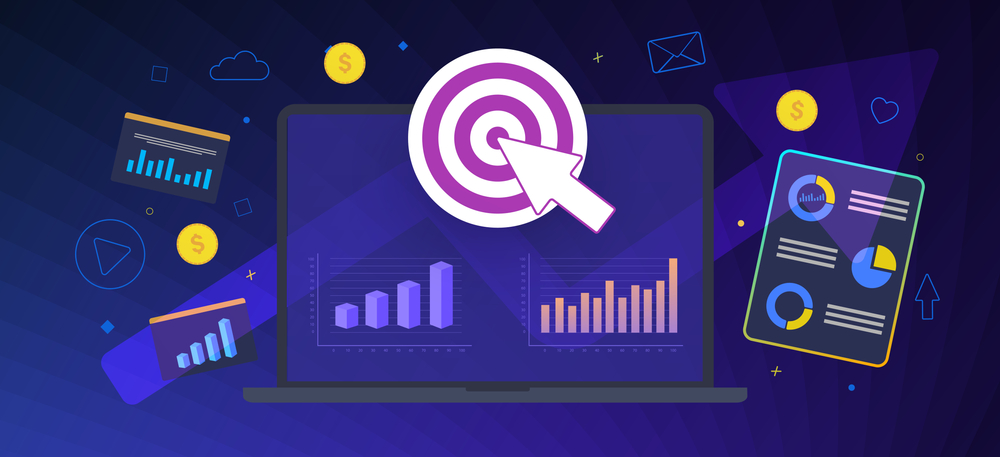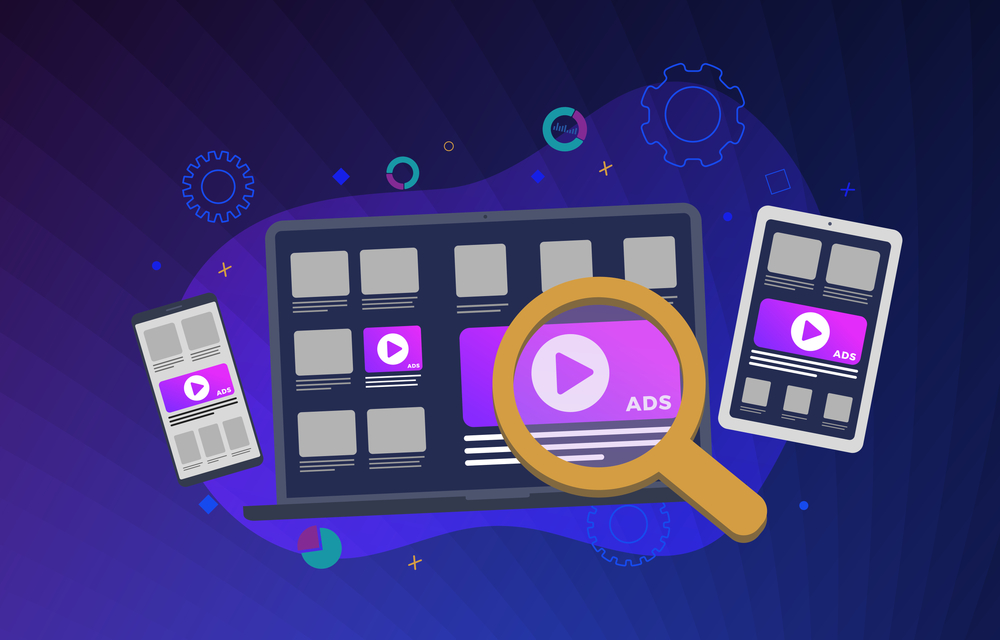AdTech plays a important role in executing successful digital advertising campaigns. Advertisers rely on AdTech to buy, manage, and measure digital ads across various platforms. It helps streamline ad delivery, optimize targeting, and improve overall campaign performance for better return on investment (ROI).
AdTech and Its Role in Digital Advertising
Ad-Tech, or advertising technology, includes tools and software used by advertisers to deliver, track, and optimize digital ads efficiently.
As digital ad buying became complex, Ad-Tech simplified the process, saving time and improving ad campaign performance and accuracy. Popular AdTech tools like demand-side platforms help advertisers buy impressions and target audiences across many publisher websites in real-time.
Ad-Tech empowers advertisers and agencies to manage campaigns effectively, ensuring better performance, targeting, and return on advertising spend. The ad-tech landscape permits advertisers to plan strategically and improve their campaigns.
Ad-Tech’s Fundamentals
Ad-tech tools include demand-side platforms, trading desks, ad servers, agencies, and ad networks to deliver ads to relevant audiences. Each AdTech tool plays a unique role in helping marketers deliver targeted, data-driven, and engaging ad experiences across digital channels. We’ll take a closer look at each one of these technologies.
What is Programmatic Advertising?
Programmatic advertising automates buying and selling of ad inventory across mobile, video, display, and social media platforms in real time. It uses machine learning, real-time bidding, and data-driven algorithms to deliver optimized digital ads based on user behaviors and demographics. Programmatic marketing ensures ad efficiency by analyzing shopping behavior, locations, devices, and interests to serve highly relevant ad content.

Programmatic advertising has many advantages. Advertisers can achieve higher efficacy, a more specific impact, transparency, and the ability to measure and optimize in real time.
What are Demand-Side Platform (DSP)?
Advertisers use demand-side platforms (DSPs) to buy digital ads across display, video, and mobile formats in real time. A DSP provides access to publisher inventory through direct integrations, ad exchanges, and supply-side platforms (SSPs) in one interface. The “demand” in DSP highlights advertisers’ goal to buy ad space targeting the right audience at the right time. DSPs help advertisers reach ideal customers within budget, optimizing campaign reach and effectiveness through automated bidding and targeting tools. Platforms like Amazon DSP use rich audience data, helping brands run smarter campaigns that align with specific marketing objectives. Demand-side platforms offer marketers a cost-effective way to buy and manage digital ad inventory across multiple channels efficiently.

What are Supply-Side Platforms (SSP)?
Supply-side platforms (SSP) provide a device for publishers to automate selling digital advertising impressions, including videos, displays, and mobile ads. The demand side of the calculation drives it publishers who wish to market their inventory. SSPs permit advertisers, publishers, and ad exchanges to market impressions to more buyers. They also allow publishers to determine the bid range to increase the revenue they earn.

What is an Agency Trading Desk (ATD)?
An Agency Trading Desk (ATD) is a service offered by media agencies for streamlined media planning and digital ad buying. ATDs work closely with demand-side platforms (DSPs) to optimize programmatic ad buying across display, video, and mobile channels. Agency Trading Desks enable advertisers to bid for media placements and manage campaigns across channels using real-time data insights. ATDs offer performance analytics during campaigns, helping advertisers make informed decisions and maximize return on ad spend effectively. Most agencies staff their trading desks with data analysts, account managers, developers, and creatives to support full-funnel media strategies.
Although major media companies operate their trade desks at the agency level, there are independent trade desks (ITDs), which smaller companies or advertisers operate and control.
What is an Ad Server?
Ad servers deliver digital ads to websites or apps and track performance metrics like impressions, clicks, and conversions in real time. Publishers, advertisers, and media agencies use ad servers to manage, serve, and optimize ads across various digital platforms efficiently. Ad servers organize creative assets and automate ad delivery, ensuring the right ad appears in the right place at scale.
Ad servers could be an important place to manage advertisements and monitor the results.

What sets Ad-Tech apart from Mar-Tech?
Ad-Tech uses paid media and audience insights to reach target users through advanced technology and data-driven advertising strategies. Mar-Tech focuses on owned or unpaid channels, using first-party data to attract audiences and guide them to brand platforms.
AdTech uses technology to support media buying, helping advertisers optimize ad spend and reach the right audience more efficiently. MarTech streamlines marketing strategies using first-party data across owned channels like websites, emails, social media, and content marketing platforms. Marketing and sales teams commonly use MarTech tools to automate processes, nurture leads, and improve customer engagement across digital channels.
Ad-Tech Benefits
It simplifies online advertising and continues evolving, using automation to enhance targeting, delivery, and campaign performance across digital platforms. Machine learning boosts AdTech’s ability to process vast data, improving targeting accuracy and overall effectiveness of digital ad campaigns. Programmatic advertising is expanding, with streaming TV and digital audio ads becoming increasingly popular in the digital marketing space.
Advantages of Using Ad-Tech.
More Effective Ad Spending
It helps advertisers deliver the right message at the right time using first-party and third-party data for audience targeting. AdTech enables precise ad targeting, ensuring ads reach users interested in specific products or services across digital platforms. Compared to traditional media buying, AdTech helps companies manage ad placements efficiently and optimize budgets for better campaign performance.
Efficiency of Operations to Support Campaigns
Marketers and agencies can manage and monitor their advertising campaigns more effectively and efficiently. Tools such as ad servers, give an aerial overview of an advertising campaign, giving an advertiser or agency a clear view of which areas, their ads appear in and how they perform. This increases efficiency and reduces the time spent on the buying and planning procedure.
Information Across the Entire Marketing Funnel
Ad-Tech can eliminate the use of one-size-fits-alone-size-fits-all marketing, allowing companies to tell their story differently based on where consumers are located in their journey through the marketing funnel. By using Amazon DSP, in particular, businesses have access to exclusive data that can help them determine how to reach customers throughout their buying journey. This includes reconnecting with customers who previously showed interest in their product or product.
List of 10 leading AdTech companies
- The Trade Desk – A global technology company that empowers buyers of advertising through their demand-side platform, offering real-time bidding and data-driven advertising solutions.
- Google Ad Manager – Google’s comprehensive ad management platform combines direct sales and programmatic advertising to help publishers optimize their ad revenue.
- AppNexus – Now a part of Xandr, AppNexus is known for its enterprise programmatic advertising and data solutions, providing both publishers and advertisers with robust ad exchange capabilities.
- Performoo – It’s an advanced ad-serving platform offering programmatic monetization technologies, enabling publishers to optimize revenue through seamless campaign management and audience targeting.
- PubMatic – A leading supply-side platform (SSP) that helps publishers optimize their ad inventory and connect with multiple demand sources for higher returns.
- MediaMath – MediaMath offers programmatic ad solutions, focusing on helping brands and agencies streamline their marketing efforts with data-driven targeting.
- Criteo – Known for their performance marketing platform, Criteo specializes in retargeting and delivering personalized ads to boost eCommerce sales and conversions.
- Magnite – Magnite, formerly Rubicon Project, is a leading SSP that powers digital advertising with a focus on transparency and maximizing publisher revenue.
- Smaato – A real-time advertising platform that focuses on mobile advertising, providing publishers with solutions to manage and monetize their mobile inventory.
- Verizon Media – Verizon Media (formerly Oath) is a comprehensive digital advertising platform that offers solutions across display, mobile, and video for advertisers and publishers alike.
Conclusion
Ad-Tech allows brands to effectively reach their audiences, boost efficiency, and run more effective marketing campaigns. Get in touch with us to discover more about how Amazon Ads’ technology suite helps you improve your marketing effectiveness and surpass your goals in business.




